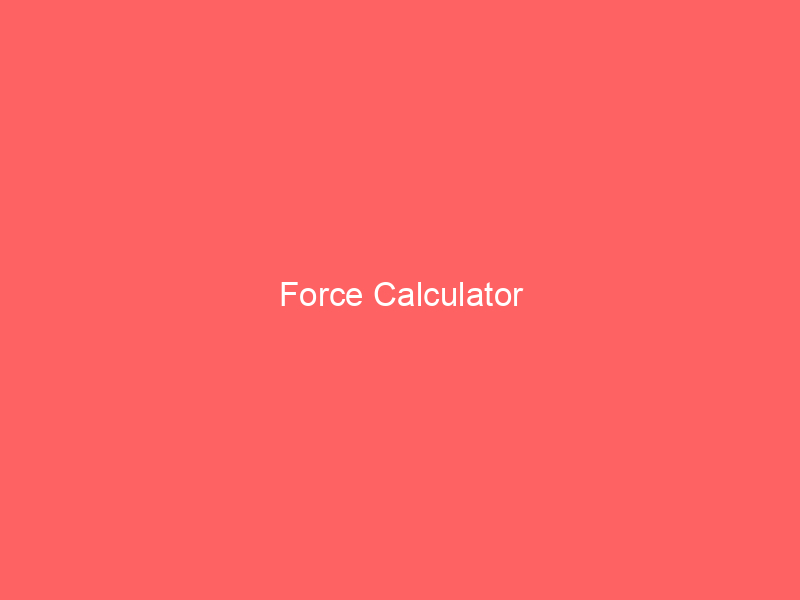- Enter fractions in the format "numerator/denominator" or "whole_number numerator/denominator" (e.g., "1/2" or "1 1/2").
- Click "Compare Fractions" to compare the two fractions.
- Click "Simplify Fractions" to simplify the two fractions.
- Click "Clear Results" to reset the input and results.
- Click "Copy Results" to copy the results to the clipboard.
Concepts
Fractions are a way of representing parts of a whole. They are written in a numerator and a denominator, where the numerator represents the number of parts and the denominator represents the total number of parts. For example, the fraction 1/2 represents one out of two parts of a whole.
Comparing fractions can be a difficult task, especially when the fractions have different denominators. However, several methods can be used to compare fractions.
Formulae
The following formulae can be used to compare fractions:
- If the fractions have the same denominator, compare the numerators. The fraction with the larger numerator is the larger fraction.
- If the fractions have different denominators, convert them to fractions with the same denominator. This can be done by finding the least common multiple of the denominators.
- Once the fractions have the same denominator, compare the numerators as described in step 1.
Benefits
There are several benefits to using a comparing fractions calculator:
- Accuracy: Comparing fractions calculators are very accurate. They can compare fractions with a high degree of precision.
- Speed: Comparing fractions calculators can compare fractions very quickly. This can be helpful for students, teachers, and other professionals who need to compare fractions on a regular basis.
- Convenience: Comparing fractions calculators are very convenient to use. They are available online and can be used from anywhere with an internet connection.
Interesting facts
Here are some interesting facts about comparing fractions:
- The fraction 1/2 is equal to the sum of the reciprocals of the integers from 1 to 2, inclusive.
- The fraction 1/3 is equal to the sum of the reciprocals of the odd integers from 1 to 3, inclusive.
- The fraction 1/4 is equal to the sum of the reciprocals of the squares of the integers from 1 to 2, inclusive.
Scholarly references
Here are some scholarly references on comparing fractions:
- Elementary and Intermediate Algebra by Lynn Marecek and Mary Anne Anthony-Smith (2014)
- Basic Mathematics for College Students by Margaret L. Lial, Thomas H. Ratliff, Julie Beechner, and Julie O. Neill (2011)
- Fractions: A Beginner’s Guide by Marilyn Burns (1999)
Applications
Comparing fractions calculators are used in a variety of applications, including:
- Mathematics: Comparing fractions calculators are used in mathematics to solve equations and inequalities, and to compare the sizes of fractions.
- Cooking: Comparing fractions calculators are used in cooking to convert between different units of measurement, such as cups and ounces.
- Finance: Comparing fractions calculators are used in finance to calculate interest rates and other financial ratios.
- Other applications: Comparing fractions calculators are also used in various other applications, such as science, engineering, and everyday life.
Conclusion
Comparing fractions calculators are a valuable tool that can be used in various applications. They are accurate, fast, and convenient. If you need to compare fractions, use a comparing fractions calculator.
Here are some additional examples of how comparing fractions calculators can be used:
- A student can use a comparing fractions calculator to solve a math problem about the size of two different fractions.
- A teacher can use a comparing fractions calculator to grade a student’s math assignment.
- A cook can use a comparing fractions calculator to convert between cups and ounces when following a recipe.
- A financial advisor can use a comparing fractions calculator to compare the interest rates of two different investments.
- A scientist can use a comparing fractions calculator to compare the size of two different cells.


























